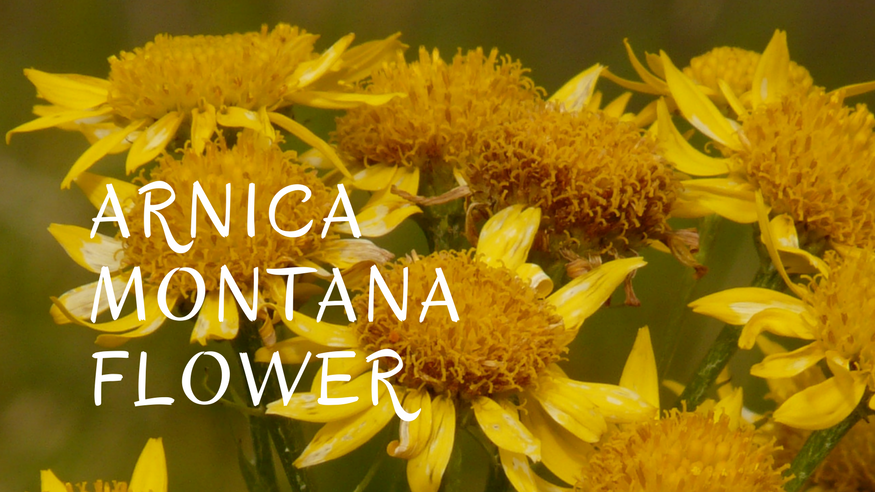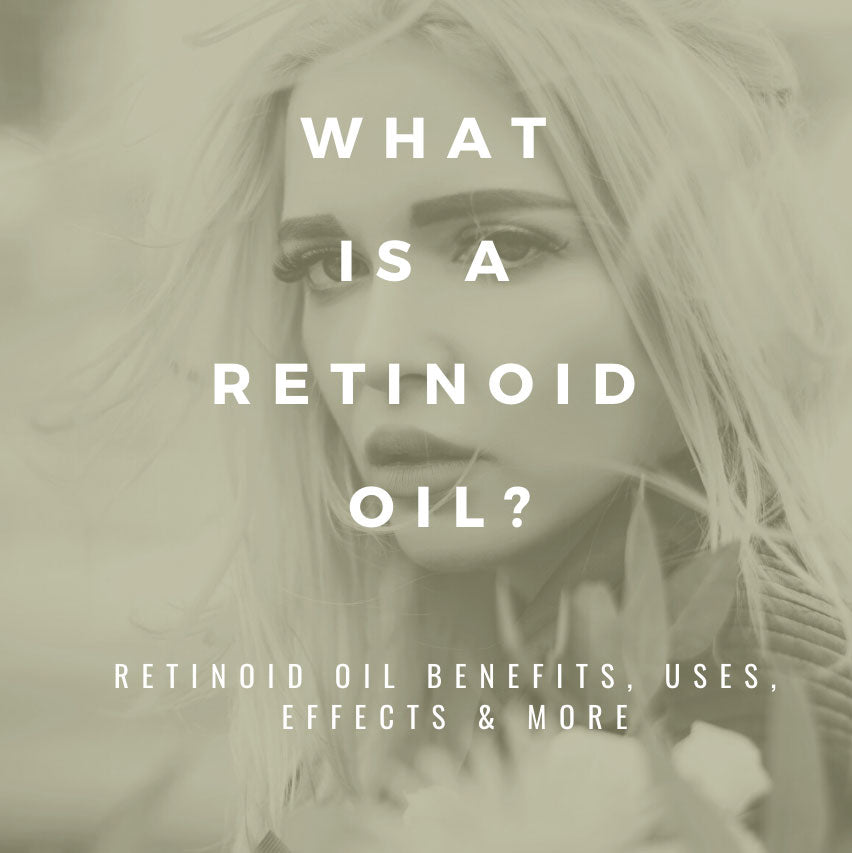Ingredient Breakdown: Arnica Montana Flower


It is amazing what can be discovered when someone pays attention to nature. A German nun named Hildegard of Bingen, or Saint Hildegard, took notes of the healing properties of the Arnica Montana plant back in the 12th century. Arnica Montana Flower has a long history of use, mostly for healing bruises, aches and pains. It is starting to get a lot of interest in the skin care industry and we’ve decided to discover and share what all the talk is about.
What is it?
Arnica is the name of dozens of kinds of plants that produce a juice used to help heal bruises and other pains. It is native to the Northern Hemisphere, mostly in the mountains of Europe and Siberia, though it is also cultivated in North America. Arnica Montana Flower is the most common kind and is also commonly called mountain arnica, wolf’s bane, leopard’s bane, and mountain tobacco. It has a large yellow flower head and is a member of the sunflower family. Of all the kinds of arnica out there, Arnica Mountain Flower is the most widely used, especially commercially.
Besides helping to heal bruises, Arnica Montana Flower provides other benefits to the body and skin. Curious about these other benefits? Below are a few of our favorites:
Antibacterial
Arnica contains several fatty acids, once of which is thymol, which provides much of its antibacterial qualities. The antibacterial properties of Arnica help the inside of the body as well as the skin. They help to protect the body from illness, disease, and infection by killing harmful bacteria and stopping them from reproducing. As an antibacterial, Arnica also helps to protect the skin from environmental stressors and pollutants such as bacteria, toxins, and other debris. In doing so, it works as a natural acne treatment, clearing pores of bacteria capable of causing acne and reducing infection that would lead to pimples and breakouts. Arnica can also be used for oral health because it can treat infections in the mouth.

Anti-inflammatory
Insect bites, acne, bruises, sprains, and arthritis are only a few of the many causes for inflammation, or swelling. Arnica contains anti-inflammatories such as helenalin, that stimulate white blood cell activity, increase circulation, and help to reduce inflammation and promote quick healing. This beautiful yellow flower is beneficial at fighting wrinkles, bags under eyes, and puffiness that cause the skin to look aged and worn.
Pain Relieving
Ever flown on a plane and felt stiff and sore afterwards? Do you have pain associated with carpal tunnel, muscle damage, skin inflammation, or other conditions? Its anti-inflammatory properties aren’t limited to reducing swelling, but can also help relieve pain. Arnica has been used as a pain reliever for centuries. Athletes and those who experience soreness and pain after a workout may find relief from this natural product. Some have found it helpful in reducing post-surgery pain and reducing wisdom tooth pain.
Reverses Hair Loss and Treats the Scalp
Men and women are both susceptible to hair loss, which for most, is an unwanted experience. Arnica gel helps to rejuvenate the scalp, stimulate the hair follicles, and helps support the growth of new, healthy hair. Therefore, it has long been considered a natural treatment for hair loss. A simple scalp massage can help promote hair growth and treat dandruff. It helps to cleanse the scalp of excess oil and has antibacterial properties that help cure scalp infections. Arnica also helps to rejuvenate and strengthen the hair, preventing split ends and premature graying hair.
Wondering where to find it?
Arnica can be found in various forms including pellets, topical gels, creams, and oils. It is typically found at most health stores and online retailers in natural products for hair care and face care. Check out our favorite product with Arnica as well as Apricot Seed Oil and Jojoba Oil, this Anti-Aging Under Eye Cream!
Also in Geneva Naturals

What Is A Retinoid Oil? Retinoid Oil Benefits, Uses, Effects & More

DIY Clay Mask Recipes for Clear Skin



